Is ‘staying home’ to ‘protect the NHS’ driving a spike in avoidable deaths?
More than 10,000 people have unexpectedly died in their own home since mid-June
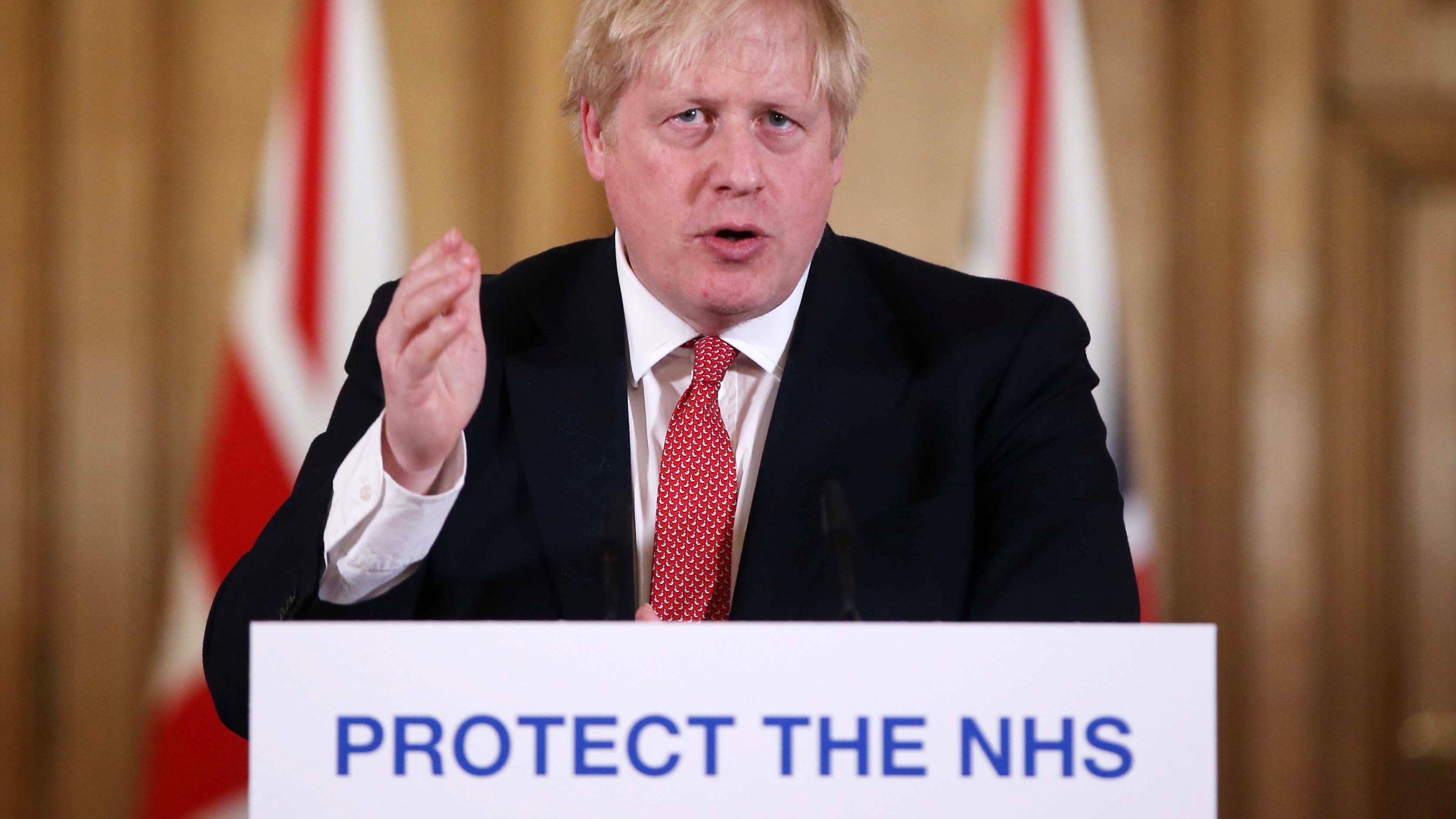
The “Stay Home, Protect the NHS, Save Lives” campaign was launched amid much fanfare back in March as part of the government’s push to contain the coronavirus outbreak.
The slogan was “emblazoned on government lecterns, repeated again and again by government ministers in interview after interview, on bus shelters, pop-up ads on the internet, wherever you looked” during the early months of the pandemic, says the BBC’s Laura Kuenssberg.
But with recent Office of National Statistics (ONS) data revealing a sharp rise in deaths occurring in peoples’ homes since mid-June, some experts are pointing the finger of blame at the “stay at home” guidance.
The Week
Escape your echo chamber. Get the facts behind the news, plus analysis from multiple perspectives.

Sign up for The Week's Free Newsletters
From our morning news briefing to a weekly Good News Newsletter, get the best of The Week delivered directly to your inbox.
From our morning news briefing to a weekly Good News Newsletter, get the best of The Week delivered directly to your inbox.
What are the numbers?
Excess deaths are a count of “those deaths which are over and above a ‘normal’ year, based on the average number of deaths that occurred in the past five years”, says The Guardian.
And while the total number of excess deaths in the UK has been lower than usual in the past three months, “deaths in private homes buck the trend, with an average of 824 excess deaths per week in people’s homes in the 13 weeks to mid-September”, the newspaper reports.
That adds up to more than 10,000 deaths in private homes since June, “long after the peak in Covid deaths, prompting fears that people may still be avoiding health services and delaying sending their loved ones to care homes”.
A free daily email with the biggest news stories of the day – and the best features from TheWeek.com
According to The Telegraph, the number of excess deaths that occurred in private homes in the month up to 21 August was “more than twice the total number of Covid-19 deaths in any setting, including including hospitals and care homes”.
The total tally of at-home excess deaths since the pandemic began now stands at more than 30,000.
Has there been any let-up?
In July, the British Heart Foundation (BHF) welcomed the “reassuring news” that excess death rates were falling as the country moved beyond the peak of the coronavirus outbreak.
Earlier this month, the ONS reported that 9,032 excess deaths had been registered in England and Wales for the week ending 28 August - 791 more than the five-year average, but 599 fewer than the previous week.
But Dr Sonya Babu-Narayan, associate medical director at the BHF, said that “it is particularly concerning that we are still seeing excess deaths related to heart and circulatory disease in younger people under the age of 65”.
She added: “These rather shocking excess death statistics show that the steps taken during the emergency period, though understandable in a crisis situation, are clearly not, as some have argued, any sensible basis for a ‘new normal’ or a new relationship between patients and the NHS.”
How could lockdown have triggered a health timebomb?
The New Statesman warned in July that the NHS was facing “a post-coronavirus crisis in undiagnosed disease and increased waiting times for diagnostic tests and treatment”.
Disruptions to “routine NHS services has caused waiting lists to grow”, said the magazine, which reported that “nearly 2.5 million fewer diagnostic tests have been carried out than usual during the pandemic as capacity was reduced”.
A&E attendances at hospitals in England “continue to be below levels a year ago”, adds ITV News, with NHS England saying the fall was “likely to be a result of the Covid-19 response”.
And with no end in sight to the pandemic, people are likely to continue staying away from hospitals.
-
 Crossword: December 30, 2025
Crossword: December 30, 2025The daily crossword from The Week
-
 What have Trump’s Mar-a-Lago summits achieved?
What have Trump’s Mar-a-Lago summits achieved?Today’s big question Zelenskyy and Netanyahu meet the president in his Palm Beach ‘Winter White House’
-
 The most anticipated movies of 2026
The most anticipated movies of 2026The Week Recommends If the trailers are anything to go by, film buffs are in for a treat
-
 Covid-19 mRNA vaccines could help fight cancer
Covid-19 mRNA vaccines could help fight cancerUnder the radar They boost the immune system
-
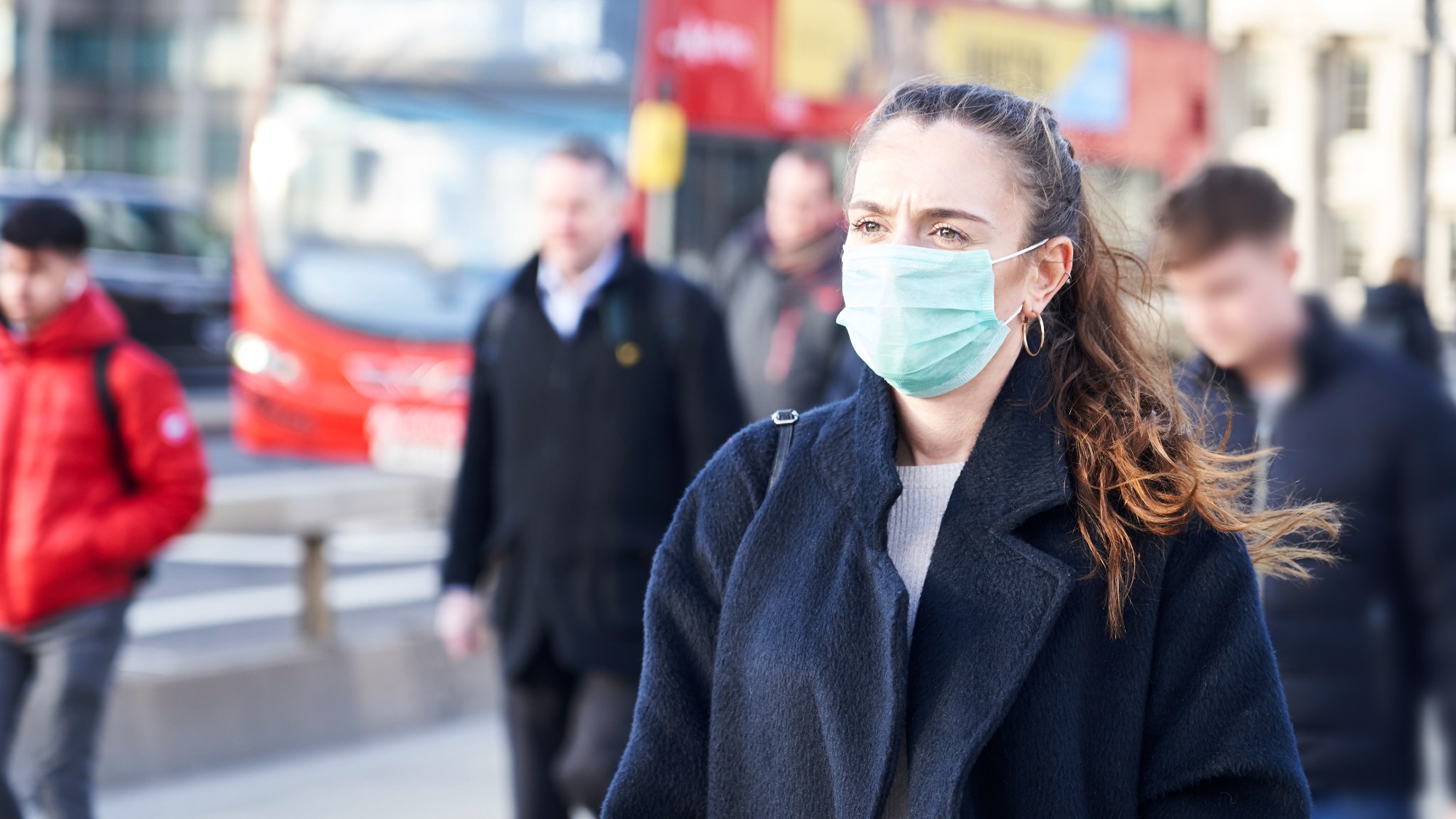 The new Stratus Covid strain – and why it’s on the rise
The new Stratus Covid strain – and why it’s on the riseThe Explainer ‘No evidence’ new variant is more dangerous or that vaccines won’t work against it, say UK health experts
-
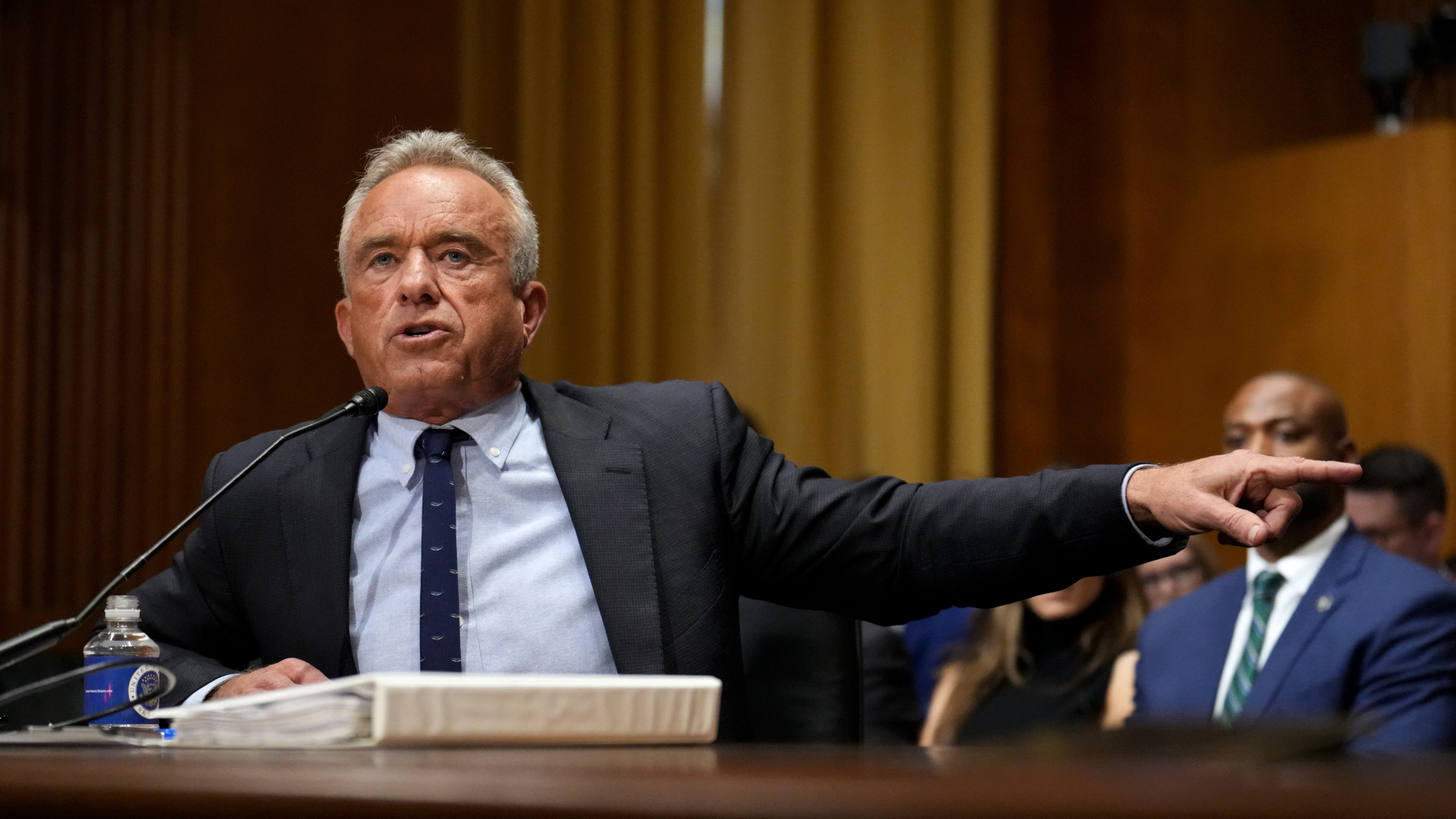 RFK Jr. vaccine panel advises restricting MMRV shot
RFK Jr. vaccine panel advises restricting MMRV shotSpeed Read The committee voted to restrict access to a childhood vaccine against chickenpox
-
 RFK Jr. scraps Covid shots for pregnant women, kids
RFK Jr. scraps Covid shots for pregnant women, kidsSpeed Read The Health Secretary announced a policy change without informing CDC officials
-
 New FDA chiefs limit Covid-19 shots to elderly, sick
New FDA chiefs limit Covid-19 shots to elderly, sickspeed read The FDA set stricter approval standards for booster shots
-
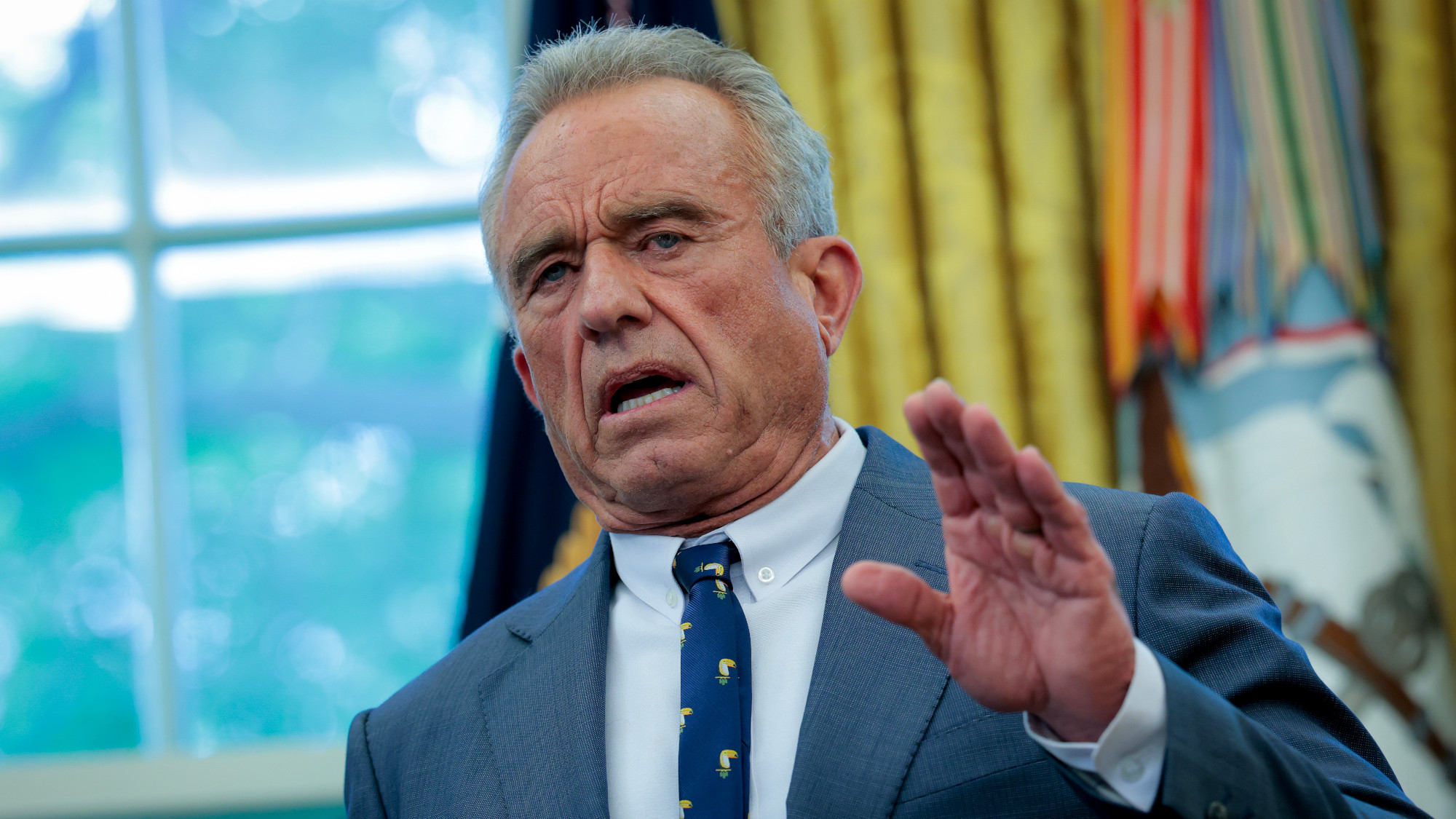 RFK Jr.: A new plan for sabotaging vaccines
RFK Jr.: A new plan for sabotaging vaccinesFeature The Health Secretary announced changes to vaccine testing and asks Americans to 'do your own research'
-
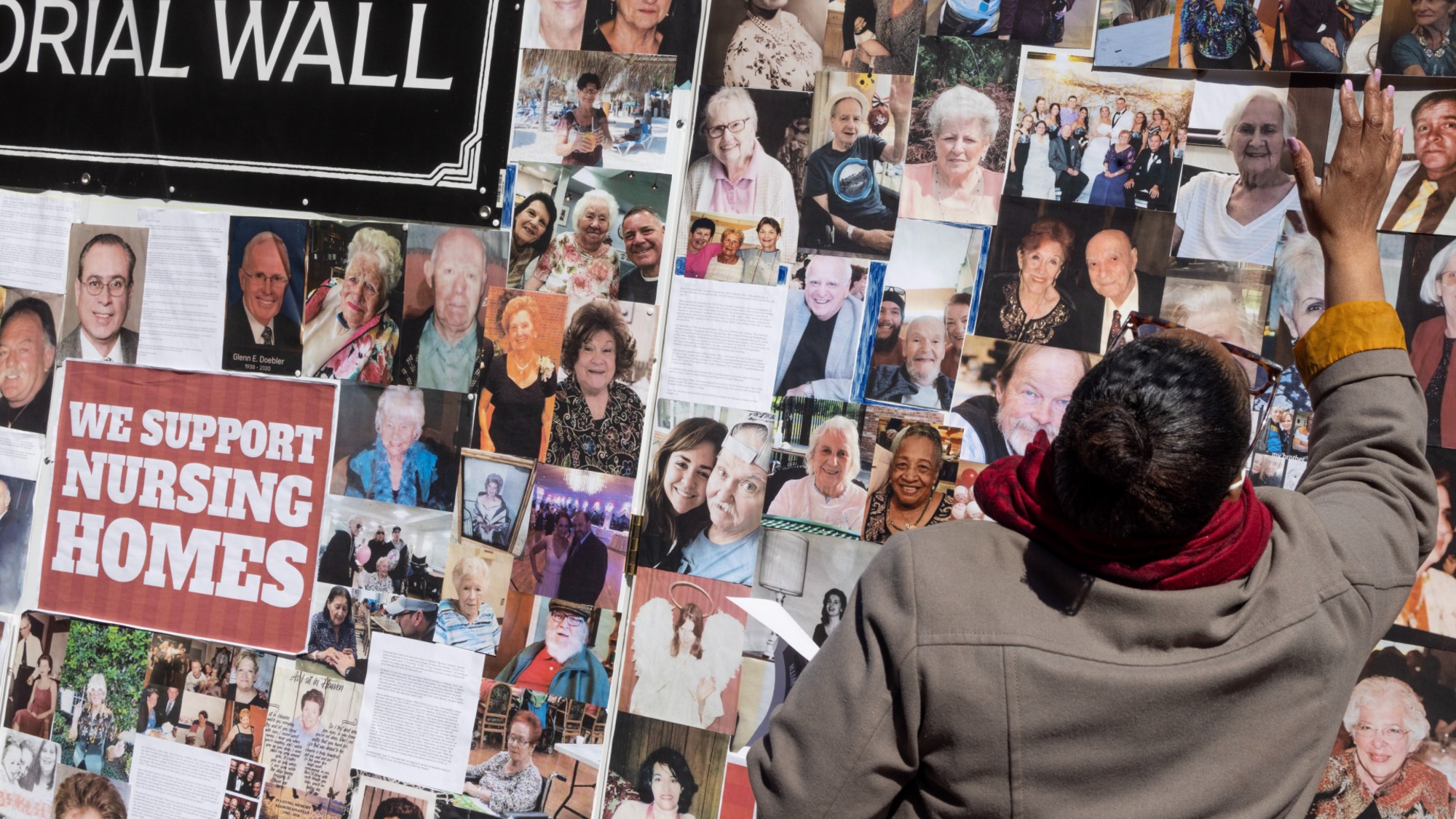 Five years on: How Covid changed everything
Five years on: How Covid changed everythingFeature We seem to have collectively forgotten Covid’s horrors, but they have completely reshaped politics
-
 HMPV is spreading in China but there's no need to worry
HMPV is spreading in China but there's no need to worryThe Explainer Respiratory illness is common in winter